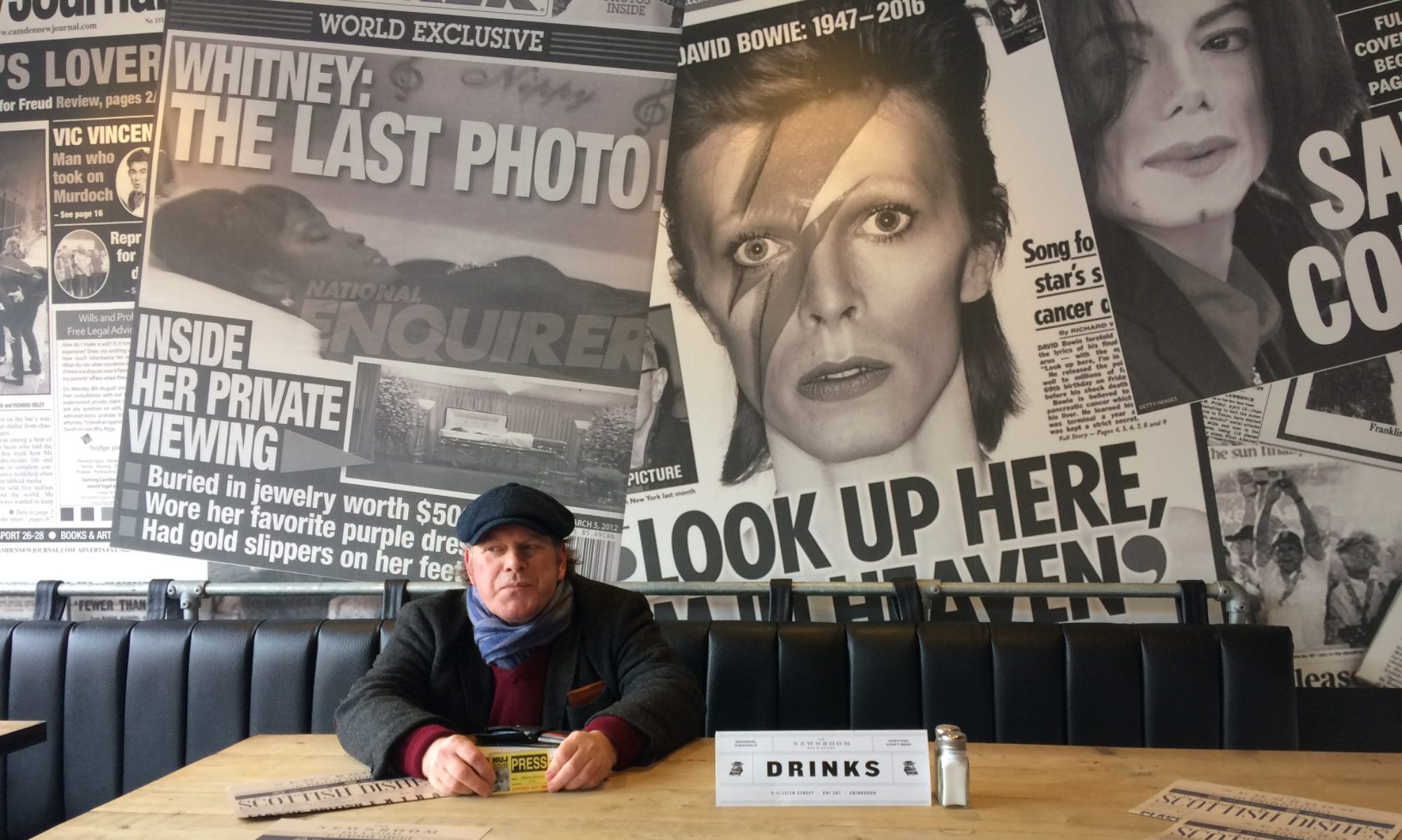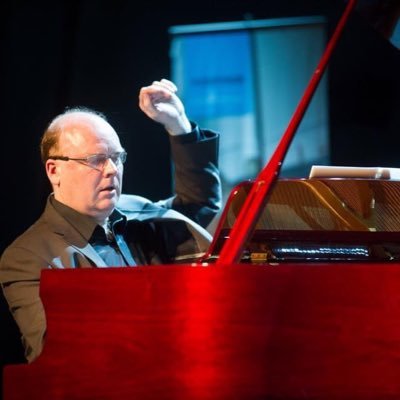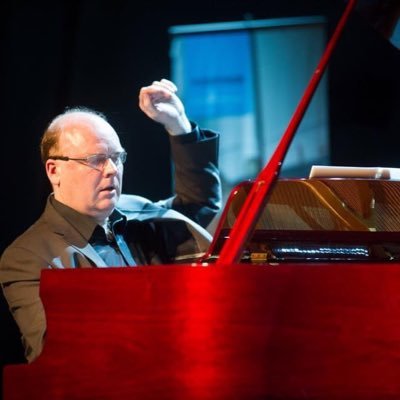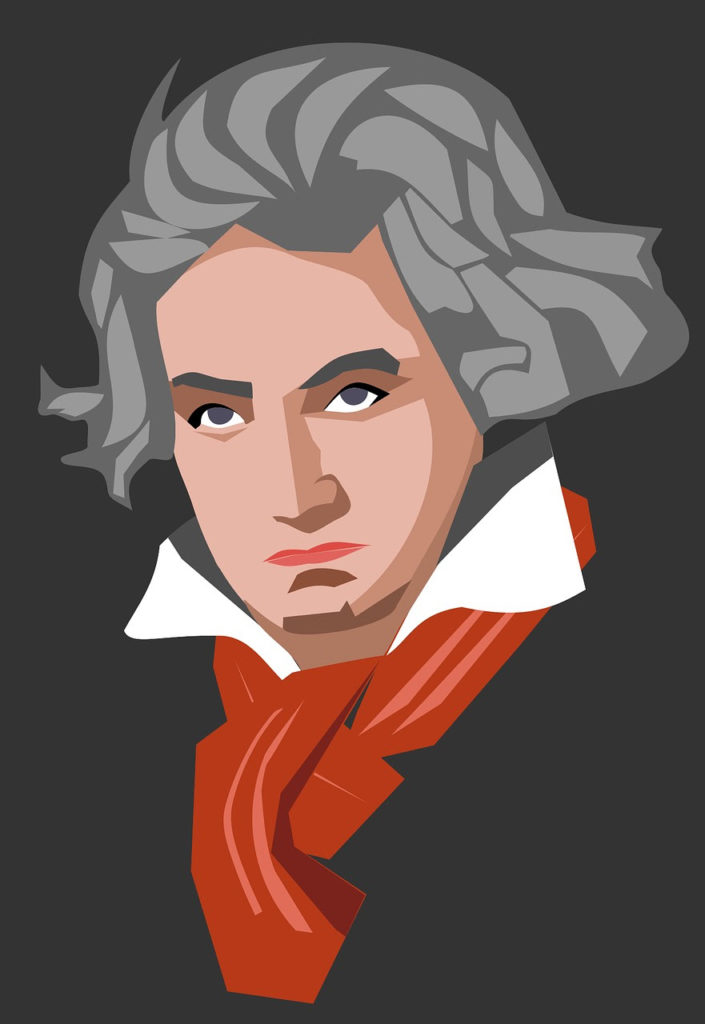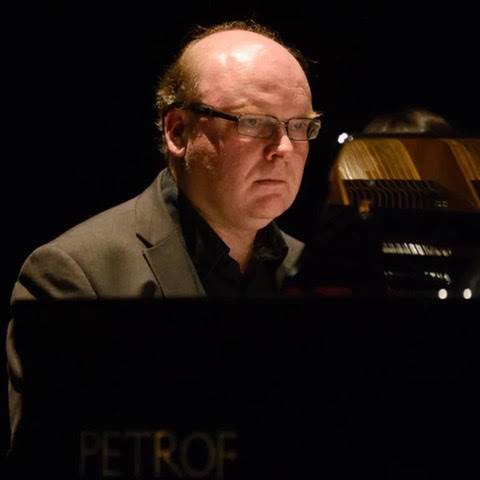
Pianist Ian Pace
IN the second of The Beethoven Project concerts for York Late Music, pianist Ian Pace continues his exploration of Beethoven’s nine symphonies (transcribed by Franz Liszt) with his iconic Pastoral Symphony No. 6 on April 5.
The 7.30pm programme at York Unitarian Chapel, St Saviourgate, York, also includes Michael Finnissy’s English Country Tunes (1-3), Beethoven’s Six Goethe-Lieder (transcribed by Franz Liszt) and a new work of three musical tributes by Steve Crowther,
Rock With Stock, A Study In Glass and Louis’ Angry Blues.
In 2024, Pace and York Late Music administrator and composer Crowther devised The Beethoven Project series of piano recitals based on the Beethoven symphonies transcribed by Liszt.
“The inaugural concert took place on November 4 2024 as part of the York Late Music concert series,” recalls Steve. “The programme included a dazzling performance of my Piano Sonata No.4 and Michael Finnissy’s transcriptions of songs by George Gershwin and Jerome Kern. But what transformed the concert into an event was Ian’s stunning performance of Beethoven’s Fifth Symphony. The audience was enthralled by the energy and brilliance of the performance.
“CharlesHutchPress music critic Martin Dreyer said: ‘Liszt’s version of Beethoven’s Fifth is masterly, seemingly leaving nothing out and taxing the pianist to the very limit. But Pace was equal to his every demand’.”
Tomorrow, the second Beethoven Project concert will focus on the beloved and highly esteemed Symphony No. 6, known as the Pastoral Symphony. “Franz Liszt transcribed all nine of Beethoven’s symphonies for solo piano,” says Steve. “Published in 1865 and dedicated to Hans von Bülow, these transcriptions stand as an extraordinary feat of both virtuosity and musical insight.
“They are regarded as some of the most monumental and challenging works in the piano repertoire, not only for their technical demands but also for Liszt’s remarkable ability to faithfully capture the essence of Beethoven’s orchestral writing on a single instrument.
“However, Liszt didn’t transcribe the symphonies solely to showcase his impressive skills. At a time when orchestral performances weren’t widely accessible, these piano versions enabled people to experience Beethoven’s symphonies in intimate settings such as salons and homes. Provided the pianist possesses the necessary technical proficiency.”
In an interview in 1988, the great pianist Vladimir Horowitz said: “I deeply regret never having played Liszt’s arrangements of the Beethoven symphonies in public – these are the greatest works for the piano – tremendous works – every note of the symphonies is in the Liszt works.”
Steve continues: “Liszt would not only provide the pianist with a list of the orchestral instruments to imitate but also include pedal marks and fingerings to enhance the pianist’s clarity.
“Beethoven’s Pastoral Symphony stands out as his most Romantic symphony. The composer draws inspiration from non-musical sources, using vivid images and descriptions to create a unique and captivating musical narrative.
“Beethoven subtitled it ‘Recollections of Country Life’, and it’s full of nature-inspired imagery — flowing brooks, birdsong, thunderstorms and joyful gatherings.”
I. Allegro ma non troppo – Awakening of cheerful feelings upon arrival in the countryside
II. Andante molto mosso – Scene by the brook
III. Allegro – Merry gathering of country folk
IV. Allegro – Thunderstorm
V. Allegretto – Shepherd’s Song; cheerful and thankful feelings after the storm
“Remarkably, Liszt meticulously preserved all of that in the piano transcription,” highlights Steve:
**Textures** – He faithfully replicates Beethoven’s orchestral textures using layers of arpeggios, tremolos and precise voicing.
**Bird Calls** – In the second movement, Liszt retains the flute, oboe and clarinet imitations of nightingale, quail, and cuckoo, employing delicate articulation and clear spacing.
**Storm Scene** – The fourth movement transforms into a dramatic tour-de-force for the pianist, featuring thundering left-hand tremolos, chromatic runs, and intricate rhythmic complexity.
**Pedalling and Voicing** – Liszt frequently employs meticulously marked pedal suggestions to help evoke the orchestral sonorities and blend harmonies in a manner reminiscent of strings or winds.
York Late Music presents The Beethoven Project: Ian Pace, York Unitarian Chapel, St Saviourgate, York, April 5, 7.30pm. Jakob Fichert will give a pre-concert talk with a complimentary glass of wine or juice at 6.45pm. Box office: latemusic.org/product/ian-pace-concert-tickets/ or on the door.
